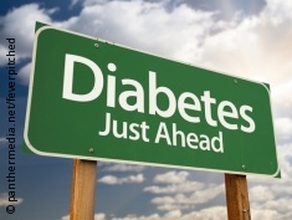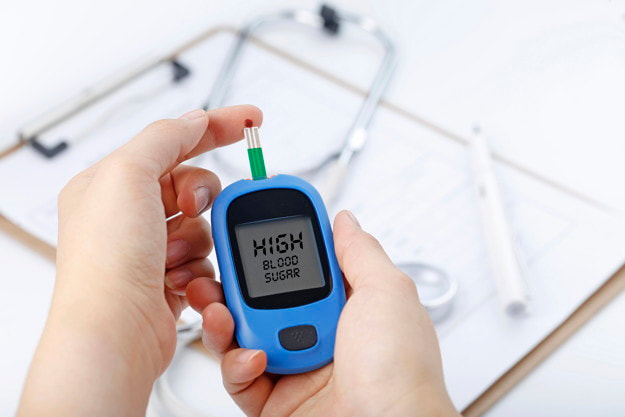 What is pre-diabetes? Pre diabetes is a condition when a person has blood glucose levels that are higher than normal, but not high enough to be diagnosed with type 2 diabetes. There are two types of pre-diabetes conditions:
Do people experience symptoms with pre-diabetes? Generally most people do not experience symptoms with pre-diabetes or they are so slight that they do not notice them. Pre Diabetes is the precursor to Type 2 diabetes, which is often called a ticking time bomb or a silent killer, as many people do not know they have the condition. It’s estimated that around two million Australians have pre-diabetes, with one in three people with pre-diabetes going on to develop type 2 diabetes. If we have pre-diabetes, what can we do to prevent ourselves from developing type 2 diabetes? We can help to manage our pre-diabetes and reduce the risk of developing type 2 diabetes and heart disease by making healthy lifestyle changes. These include:
What exercise is recommended for someone with pre-diabetes? Regular exercise can help to manage your weight and also help to reduce your blood glucose levels; and help to manage other risk factors such as blood pressure and cholesterol levels. The Australian guidelines suggest that all Australians undertake 30 minutes of planned moderate intensity aerobic exercise on at least 5 days of the week. So this could include walking or swimming, or could involve sports such as tennis and squash. The 30 minutes on 5 days a week is the bare minimum recommended, as evidence has found that better health outcomes are achieved by increasing your exercise up to 60 minutes a day. In addition to the aerobic exercise described above, undertaking some form of resistance training where you are using your muscles and working them to fatigue twice a week is also recommended, as this will help to improve your insulin resistance, and thereby reduce your blood glucose levels even more. If you are new to exercise, chatting to your doctor or local Exercise Physiologist is a great place to start to ensure you are safe to exercise and they can guide you on the right exercises for you. Lisa Parkinson Accredited Exercise Physiologist and Credentialled Diabetes Educator
0 Comments
 What is diabetes? Diabetes is a metabolic condition which results in an elevated fasting blood glucose level due to either a defect of our body to produce the hormone insulin, or an inability of our body to use insulin. Why is insulin important, what does it do? Insulin is a hormone that allows our bodies to use the glucose from the food that we eat for energy, and it also acts like a key that unlocks cells and allows glucose to be stored for future use. Without insulin working well, the glucose from food remains in our blood and our blood glucose levels rise to a high level. This is not normal for our bodies. When left untreated this can cause a number of consequences to our health including blindness, nerve damage, limb amputation, kidney failure, heart attack, stroke, and even death. How common is diabetes? It’s estimated that around 1.7 million Australians are living with diabetes, with one person being diagnosed every 5 minutes, and it contributes to around 11% of deaths in Australia. What are the different types of diabetes There are a number of different types of diabetes, with the most common being type 1 and type 2 diabetes Type 1 diabetes is an autoimmune disease and is commonly diagnosed in children and young adults. Type 2 diabetes is the more common form of diabetes, affecting 85-90% of all people with diabetes. While it usually affects older adults, more and more young people, even children, are developing type 2 diabetes. Unlike type 1 diabetes, your risk of developing type 2 diabetes is strongly associated with lifestyle factors such as high blood pressure, overweight or obesity, insufficient physical activity and a poor diet. How can exercise help to prevent type 2 diabetes? No one knows exactly what causes type 2 diabetes, but lifestyle factors, such as being overweight and being inactive, strongly increase your risk. Statistics show that 53% of the diabetes burden is due to overweight and obesity alone. Increasing your exercise and physical activity levels is an easy way to help reduce your risk! Can exercise help people living with type 2 diabetes? Yes it certainly can. Although there is no known cure for diabetes, exercise can be a powerful tool for managing this condition. Exercise helps to:
How much exercise is recommended? The actual dose of exercise that is recommended to prevent and to assist in managing type 2 diabetes is to accumulate 2 and a half hours of moderate intensity exercise across the week, or half that amount of high intensity exercise, in addition to 2 strength training sessions. The strength training exercises should aim to target the major muscle groups within the body.
It’s important to monitor blood glucose levels, particularly for people on insulin, before, during and after an exercise session, and it is also important to wear good supportive footwear and to check feet for problems each exercise session. Lisa Parkinson Accredited Exercise Physiologist/Diabetes Educator #Type2Diabetes |
AuthorSLisa Parkinson Archives
July 2024
Categories
All
|

 RSS Feed
RSS Feed